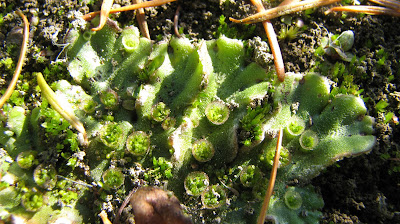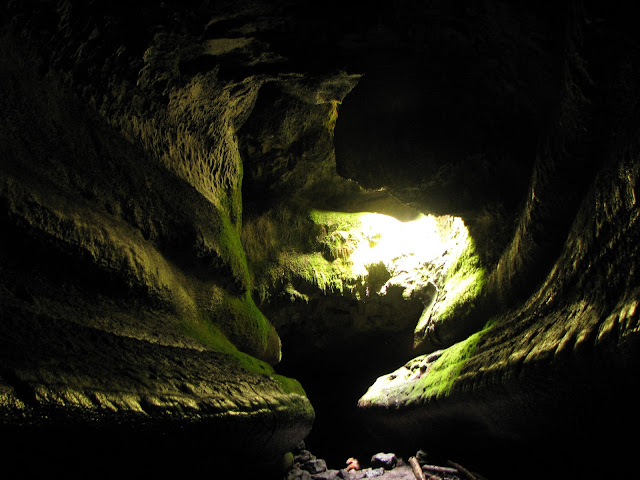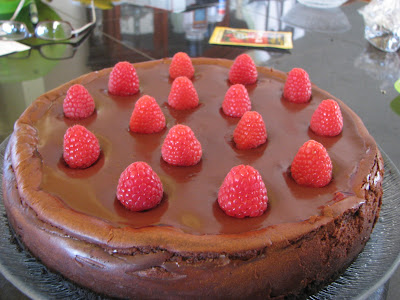Elwha Revegetation Project
Oh look a map!
The Elwha was damed in two spots creating Lakes Aldwell (North) and Mills (South). As of now both lakes are drained and the river is swinging back and forth, seeking out a 100 year old channel. The Klallam tribe is in charge of Aldwell, and the NPS is responsible for Mills. The two obviously work together, and the Aldwell plants are grown in the ONP nursery.
In August I moved to lovely Port Angeles, settled in and began my job with the Olympic National Park (ONP) as an intern. Most of my time is spent in the nursery, closer to Sequim than to headquarters. The office is just a 20 minute walk from our house, the proximity is nice and we walk to work most days. I live with a pretty swell German girl in a surprisingly nice house. I mean, its got 5 apple trees, 2 prunes and a cherry in the back yard. How can you beat that?
 |
| Pine White butterfly in Canada Goldenron (Solidago canadensis) |
In the nursery one might expect to transplant, process/clean seeds, weed the seed increase field, water in the 'can yard' where all the plants are kept, sow seeds and so on.
The idea of the seed increase field is this: Seeds are hard to collect in large quantity. If one wants to obtain lots of Canada goldenrod or fleabane seed so it might be broadcast into the reservoir, what does one do?
Well you could spend hundreds of hours seeking out and stripping plants of their seeds, or you could collect a few hundred, sow them, and when they're large enough outplant them into a field. Since both these plants are perennials, they are theoretically able to produce seeds (genetically similar to plants in Elwha watershed) for several years and provide seeds... you get the picture
Both of these photos are of plantings within the Mills reservoir itself where both the Solidago and Erigeron seem to be doing well and are loved by the pollinators.
 |
| Backdrop to the area around the nursery |
Other than nursery work, I have had the opportunity to go seed collecting, conduct plant surveys (to see what is alive out there), weed surveys(to find the invasives...), and seeding.
 |
| Empty Mills reservoir, facing south |

 |
| Glines Canyon Dam, creator of 'Lake' Mills, nearly gone. The lake is now completely drained. |
 |
| Trees from when the valley was inundated 100 yrs ago, still standing due to some combination of sediment burial and water suspension |
The sediment varies throughout the valley, ranging from gravelly to a fine clay/silt/sand mixture, called 'fines'. The sediment demonstrates it's lack of structure and fine particle size in this picture, where the soil shrinks when dry, a classic property of soils with high clay content (Shrink-swell soils).
There is a hundred foot drop to the left in this picture. Its precarious going on the slopes; the sediment is unconsolidated and shifts very easily under foot. Grabbing a log might save you from sliding, but it has equal potential to come along for the ride and crush you. The cracks in the sediment are excellent ankle breakers and the edges of the walls 'calve' off much like the edges of icebergs.

An enormous helicopter spent a day playing pickup sticks with mighty old logs, pulling them down from the slopes onto the new floodplain below. Can you see the human?
 |
| Mills facing south, upriver |
 |
| Gullies washed out along the west shore, more evidence of the loose sediment |
There are of course other things to think about out on the reservoirs. Not just vascular plants, but also more basal plants (liverworts, mosses, lichens, horsetails, ferns) mushrooms, insects, birds, and mammals. Its interesting watching the ecosystem build itself from the ground up, pretty literally. Plants and insects alike take advantage of the semi-protected soil cracks to grow and take shelter. Tiny moss flourishes in paw prints deep enough to collect water. Seeps are densely covered in rushes, sedges, moss, horsetails, and liverwort. There are elk and deer tracks, raccoon prints, droppings left from flocks of geese...
 |
| Liverwort growing in a seep |
 |
| Spiders with dime sized abdomens |
 |
| A robust bleeding heart (Dicentra formosa) blooming several months late in the loose gravel found in upriver environs |
 |
| Bacterial and algal growth in a side channel. |
 |
| Spent a while tracking this critter, only to look up and realize that my coworker was 1/8th of a mile off in the distance, trotting back to the truck with purpose |
 |
| North (downriver), around a bend so you can't see Glines Dam |
 |
| Seeding a mix of grass and forb seed (Courtesy of Leonie) |
 |
| Its very easy to feel small and wildly insignificant... (Courtesy of Leonie) |
For more info on the project in general check out these:
Elwha River Ecosystem and Fisheries Restoration Act: http://www.fws.gov/laws/lawsdigest/ELWHA.HTML
NPS Sites: http://www.nps.gov/olym/naturescience/elwha-ecosystem-restoration.htmhttp://www.nps.gov/olym/naturescience/elwha-revegetation.htm
Revegetation plan: http://www.nps.gov/olym/naturescience/upload/Elwha_Reveg_Plan_2011_FINAL.pdf
In case that just wasn't long enough....
A number of people commented on how I mentioned my SO, yet failed to post a picture of him for all to see. Well we chatted, and he gave me permission to use his face here. So here you go guys, don't say I never gave you anything...
Well if you want to see a real pic of him you must keep reading... Mwahahaha!
This weekend I traversed the wilds of the 101, 20, and 5... just to see said SO. I went with him to a Nooksack Salmon Enhancement Association (NSEA) work party near Acme, at their Landingstrip Creek site, where a new tributary was recently added. I didn't actually do any work, just wandered around taking pictures of other people sinking into the muck.
 |
| Ohhh This must be my significant |
 |
| Don't let anyone tell you other wise; fall in the pacific northwest is beautiful and a little mystical |
Tootles for now folks, have a magical week!































